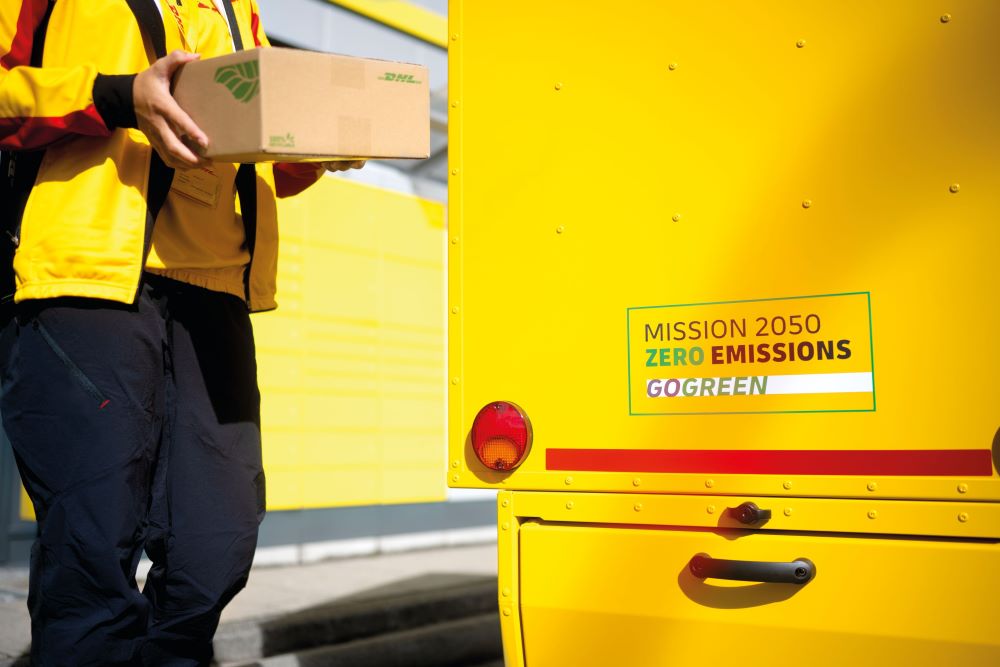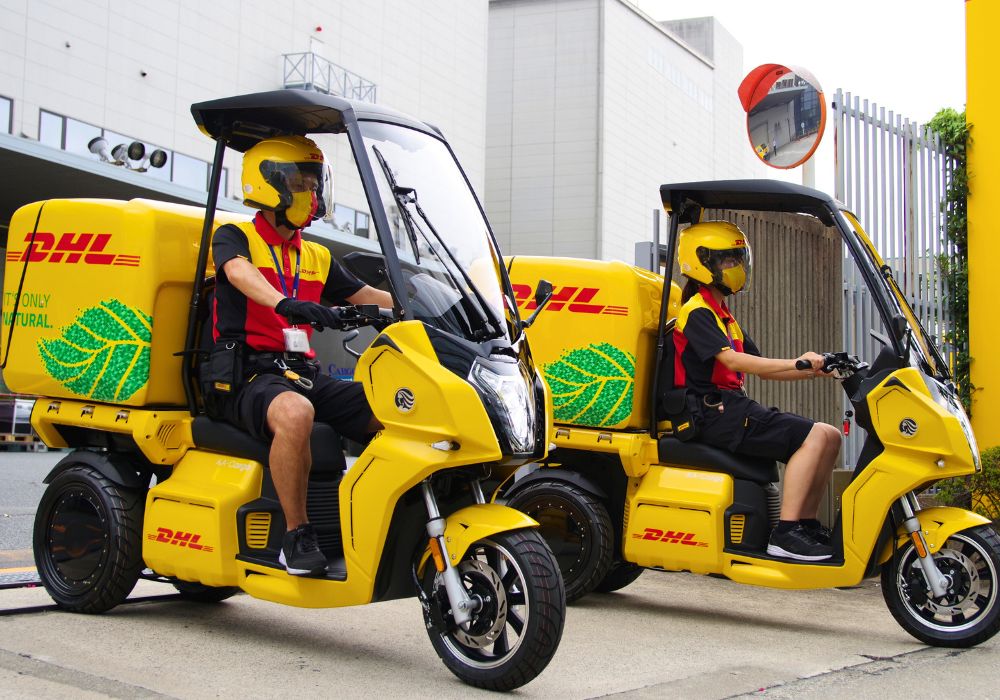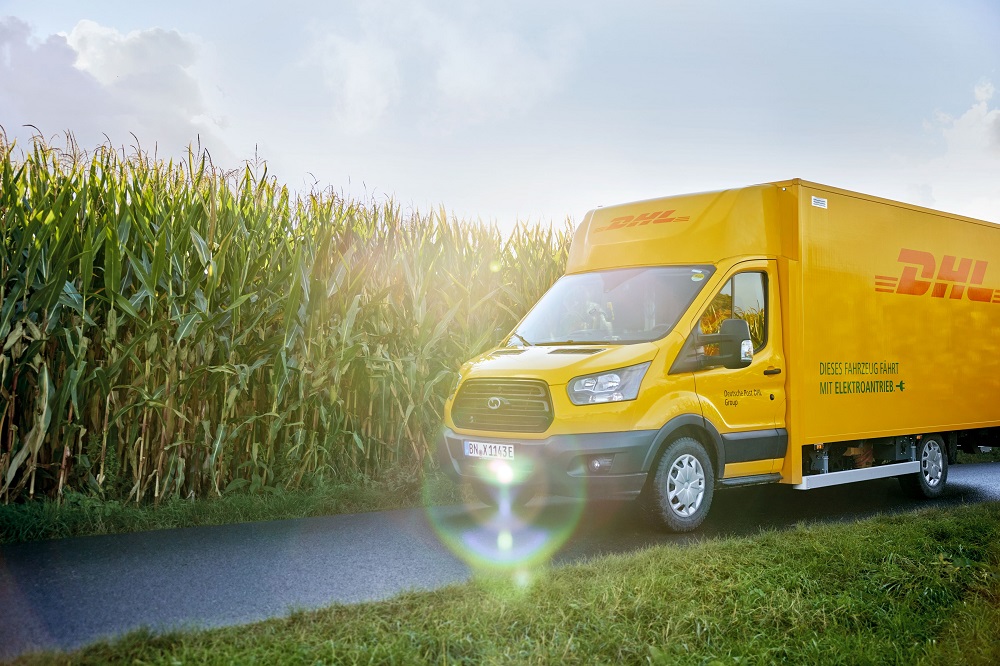SUSTAINABILITY
2023/8/3
What is Carbon insetting? Greener logistics starts from looking within

Since the idea was introduced in the late 1980s, carbon offsetting has been a go-to solution for governments and corporations looking to speed up climate action. Although carbon offsets effectively attracted funds to decarbonization projects, the concept soon became challenged as only part of the answer, with better solutions in sight.
Carbon offsets compensate for emissions through funding green projects, such as reforestation or renewable energy development. As such, a majority of these investments may not directly contribute to decarbonizing the transport industry. While offset projects for transport do exist, they reportedly made up only 0.2% of the US$269 million voluntary carbon offset marketplace in 2018.
Today, with carbon insetting, that’s all about to change.
For accelerated climate action within the freight industry, decarbonization efforts must take place inside the supply chain.

Carbon insetting is a practice where funds are directed to addressing greenhouse gases emissions at the source – within the sector that is emitting them. These include investing in growing the sustainable fuel industry, fleet renewal programs, carbon neutral retrofitting and eco-efficiency projects. Projects to improve health and safety for workers and the public are also vital for sustainable development.
WHAT IS DHL GOGREEN PLUS? HOW WORKING WITH DHL CAN HELP YOU ACHIEVE YOUR SUSTAINABILITY GOALS
As a global leader in sustainable logistics, DHL has launched a new service called GoGreen Plus, where shippers can reduce the carbon emissions associated with their shipments through a ‘book and claim’ system.
Essentially, the service allows shippers to ‘book’ a certain amount of sustainable aviation fuel that will be used within the DHL Express global network. The respective amount of carbon savings then goes towards the booker, with certificates available and regulated, independent auditing.
“Customers are urgently looking for ways to reduce their carbon emissions, as contributing to Sustainable Development Goals becomes top priority for businesses both large and small. DHL Japan is proud to be leading the way in offering green transport solutions, so we can work together with customers towards a sustainable future.”
Takahide Kanno, Vice President, National Sales, CPR & Marketing, DHL Japan

The new GoGreen Plus service is made possible thanks to landmark deals that DHL made with bp and Neste in 2022 to supply SAF to DHL Express hubs around the world. SAF is produced from waste and alternative feedstock, like used cooking oil, corn and hydrogen. As the only scalable solution to reduce emissions in the next decade, SAF can effectively reduce life cycle emissions of aviation fuel by up to 80%.
Carbon insetting through GoGreen Plus allows businesses to bring down their Scope 3 emissions, while directly contributing to greening the carbon-heavy transport sector. Scope 3 emissions refer to carbon emissions from downstream and last-mile transportation.
Shippers can simply select GoGreen Plus when arranging shipments through MyDHL+, DHL’s online shipping and tracking platform, or by speaking to one of the company’s logistics experts to tailor a customized plan. Standard plans commit to helping shippers to cut down their shipments’ carbon emissions by 30%.
DHL’s sustainability targets are strictly regulated according to the Science-based Targets Initiative and international targets.
How DHL Japan is investing in greening transport
GoGreen Plus is just one of the latest initiatives in DHL’s roadmap to sustainable logistics.
Worldwide, DHL Express aims to have 30% of its road fleet to be electrified by the year 2030. In Japan, the shift to electric delivery vehicles began in 2014, adopting electric vans, trucks, tricycles and bicycles. In June 2023, a further 19 electric trucks were introduced, starting their rollout in the Chiyoda, Shibuya, and Taito wards of Tokyo.

In April 2022, DHL Japan signed a 20-year renewal contract worth EUR88 million (JYP 12 billion) for its Tokyo Distribution Centre. With this investment, DHL will be installing new renewable energy features to reduce the facilities carbon footprint.
The installation of 468.63 kW photovoltaic panels across approximately 4,000 square meters on the roof of the facility will convert approximately 20% of the facility's total electricity consumption sources to renewable energy. DHL Japan is also implementing an IoT-based energy management system to optimize power consumption for the facility, which runs 24 hours a day throughout the year. (source)
Many such facility retrofitting projects are taking place at various DHL facilities around the world as steps towards achieving zero emissions logistics by the year 2050.
Want to know how carbon insetting can help your business to become more sustainable? Speak to one of our logistics experts today.
